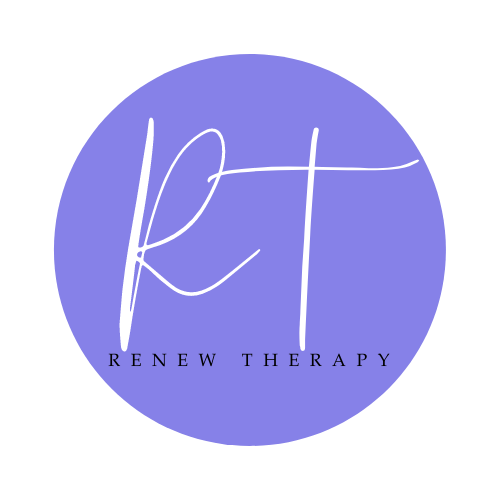How to Take An Effective Mental Health Day
Self-care is not selfish, it’s necessary… and smart.
Have you ever been the culprit of spending most of your spare time worrying that you will still feel worn out after your break is over? Here are a few tips to help you maximize downtime:
Schedule/Plan for it. Planned procrastination is one of my best kept secrets. I use a total of four different calendars (phone, work, desk and online calendars) to help me keep up with daily tasks AND downtime. That way, when I don’t have anything on the schedule, I can rest assured that I am actually free to relax. I don’t have to think about whether or not I forgot something, because everything is already on one of my handy-dandy block schedules. Also, if I am taking a mental health day and I remember something that needs to get done, I simply whip out one of my calendars and jot it down (for another day).
Don’t work through lunch breaks. Lunch breaks can help with endurance if you use them right. Put down your phone, eat somewhere other than your work desk, and simply enjoy the meal. This is a mindfulness practice that will help you refuel, so that when your mental health day arrives you’re not starting from “E” or trying to refuel a completely empty tank.
If you are spiritually inclined to do so, observe a Sabbath day. A Sabbath day is traditionally once a week and reminds (or forces) you to trust the process, and trust God. According to old Jewish tradition, if you do your best to complete all items on your task list the day before the Sabbath, you will have an easier time resting for a full 24 hours without feeling like you have to find busy work. Besides, if you have been working hard for 6 days a week, you should give yourself a hard-earned break.
Reduce screen time. Much of our fatigue is attached to the amount of time we spend staring at screens (tv, computer, phone, tablet). It’s true that every screen operates mostly on blue light. Similar to the blue mid-afternoon sky, this light signals our minds and bodies to stay awake and alert. Most of us view screens the majority of the day, and we miss the orange/yellow signals of the sunset. Which leads us to my next tip:
Buy warm white or soft white light bulbs. This will mimic the sunset, which naturally triggers our brains to begin producing dopamine, the sleep hormone. Even if you aren’t going to bed immediately, dopamine will help you relax.
Don’t overthink it. The beauty of a mental health day is in the little things, and it’s going to continue to evolve as your mental health evolves with it. Your goal should be to make it feel right for right now. Later will take care of itself. It always does.

